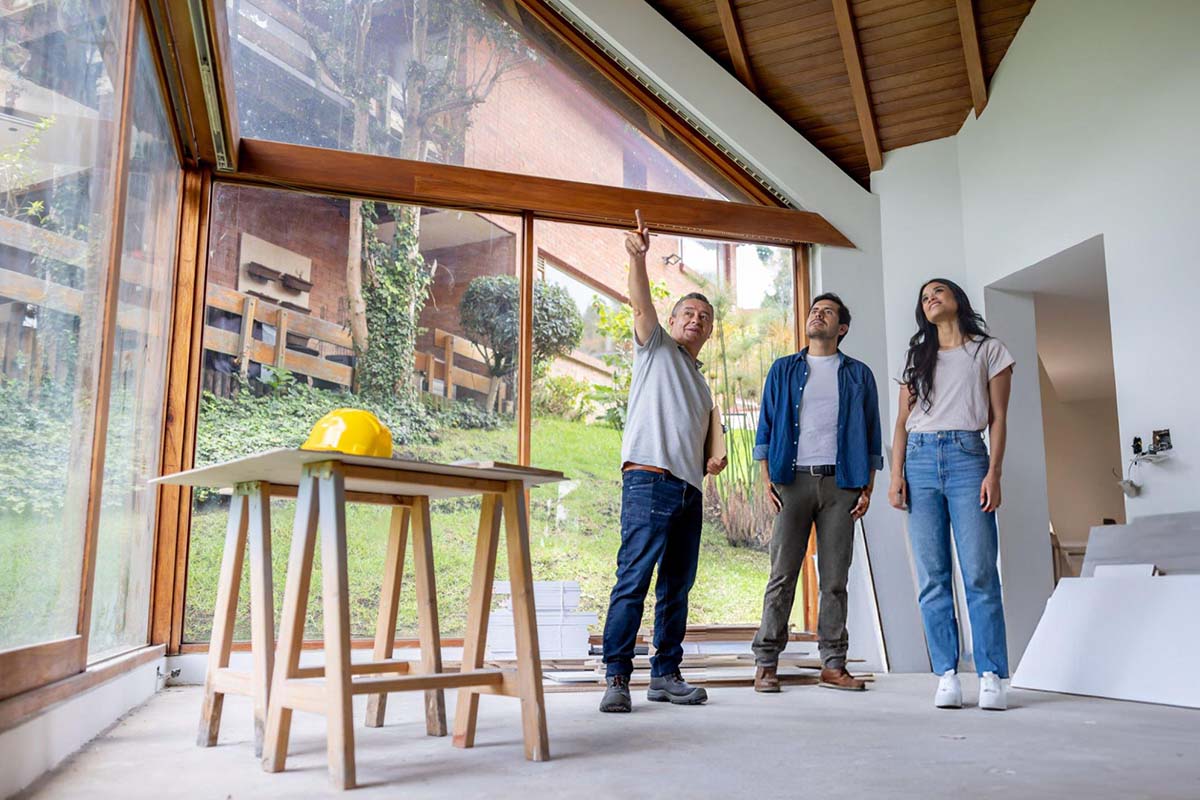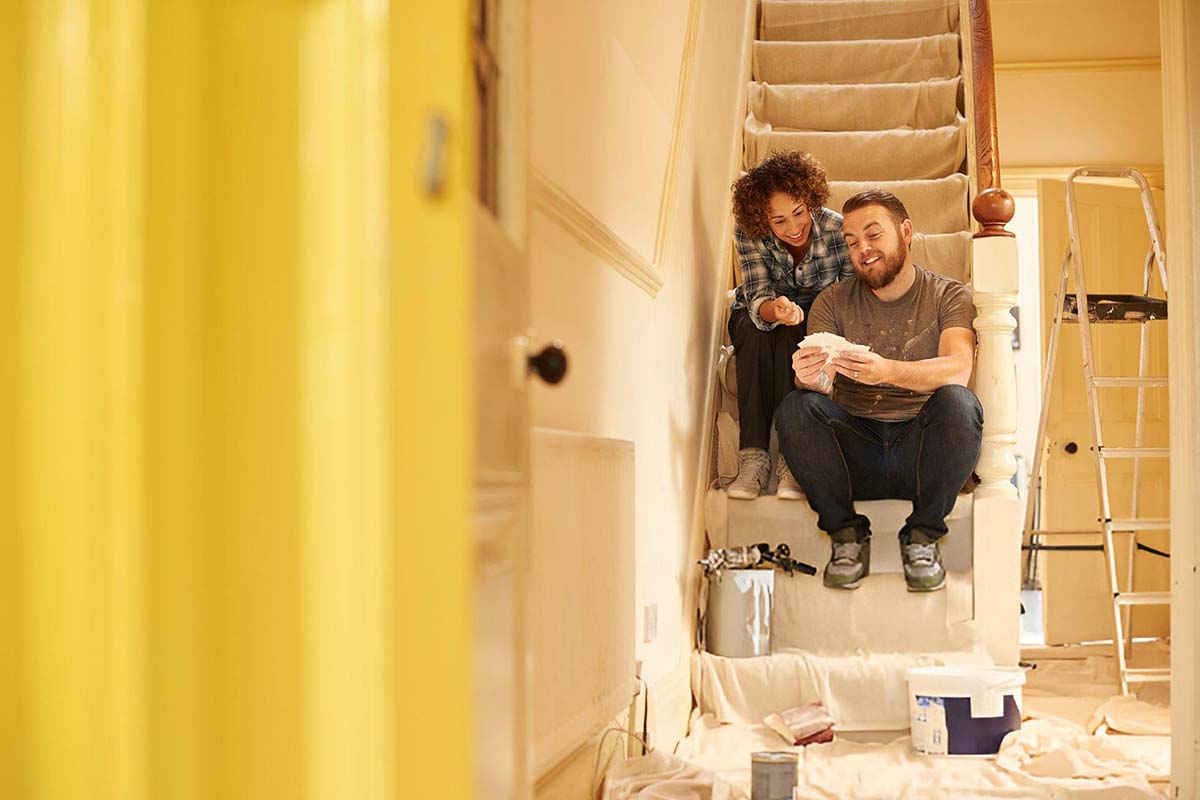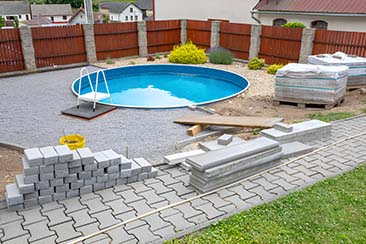Austin’s housing market has seen a significant boom in recent years, with many homeowners looking to boost their property’s value through home improvement projects. In a city where home prices continue to rise, updating key areas of a property, such as kitchens, bathrooms, and outdoor spaces, can bring a strong return on investment.
From modern shower replacements to upgrading fixtures, homeowners in Austin know that these improvements not only enhance living spaces but can also make homes more competitive in the market. However, tackling home projects successfully requires planning, budgeting, and a clear set of goals. Here’s a guide to help you achieve the results you want, whether it’s for increased home value or simply a better living space.

1. Set Clear Goals for Your Project
Every home improvement project starts with a goal. Maybe you want to update the look of your kitchen, increase storage in your bathroom, or create a more functional outdoor space. Defining your objectives from the start helps shape every decision that follows, from budgeting to selecting materials. If the goal is to increase the property’s resale value, focus on projects that have a broad appeal and add real function to the home, such as updated lighting, better storage solutions, or energy-efficient features. Having clear goals gives your project direction and ensures that you stay focused, making it easier to decide where to allocate your resources.
2. Determine Your Budget Early On
Setting a realistic budget is crucial in any home improvement project. Costs can quickly add up, so it’s essential to define your spending limits before diving into purchases or hiring contractors. Certain projects can have regional cost differences; for example, a shower replacement in Austin might be priced differently than in other cities, especially if you’re opting for high-end finishes or custom work. Creating a detailed budget that accounts for all expected expenses, including labor, materials, and even minor upgrades, will help you manage finances better. It’s also a good idea to set aside a contingency fund, typically 10-15% of your budget, for unexpected costs that might arise during the project.
3. Research Materials and Finishes
The quality and durability of materials play a large role in the success of your project. Before making any purchases, take the time to research options for the materials and finishes that suit your project. If you’re redoing a bathroom or kitchen, look for fixtures, countertops, and cabinets that are both aesthetically pleasing and durable, especially in high-use areas. Compare different types of materials for their wear, maintenance, and price points to ensure you’re making an informed decision. Choosing quality materials may have a higher upfront cost, but it’s a long-term investment that can save you money on repairs or replacements down the line.
4. Choose Reliable Contractors
Finding the right contractor can make or break your home improvement project. Begin by researching and vetting contractors with experience in the type of work you’re planning. Check online reviews, ask for references, and interview multiple contractors to find the best fit. Reliable contractors should be transparent about their pricing, timeline, and experience with similar projects. Meeting potential contractors and asking specific questions about their process and previous work allows you to gauge whether they understand your vision and are likely to deliver quality results. Investing time in finding a reputable contractor can help you avoid delays, cost overruns, and subpar work.
5. Plan for Permits and Inspections
Many home improvement projects require permits, particularly if they involve structural changes, plumbing, or electrical work. Permits aren’t just a formality; they are designed to ensure that the work meets local building codes and safety standards. Before starting, research the permits needed for your project and factor in the time and costs associated with getting them. In some cases, you may need an inspection after certain phases of the project, so it’s essential to account for these checkpoints in your timeline. Having the correct permits from the outset helps prevent legal issues and ensures that any future buyers can confidently invest in a home that meets all regulations.

6. Create a Realistic Timeline
Setting a timeline for your home improvement project is essential for keeping things on track. Begin by listing all the steps involved, from ordering materials to final touches, and estimate how long each phase might take. For larger projects, like kitchen remodels or bathroom upgrades, it’s also wise to account for delays, as material shipments or contractor availability can impact progress. A realistic timeline helps you stay organized and avoids the frustration that can arise from rushed work. By breaking down the project into manageable steps, you can track progress and adjust as needed without compromising the quality of the work.
7. Prepare Your Home for the Project
Getting your home ready for the work to come can save you time and make the process more comfortable. Start by clearing out the area where the work will take place, moving furniture, and covering floors to protect them from dust and debris. If the project involves a kitchen or bathroom, set up a temporary space to handle essential tasks during the remodel. Preparing your home also includes making arrangements for pets or young children who may be impacted by the noise and movement of workers. Small steps like these make a big difference in keeping the project area safe, organized, and efficient.
8. Focus on Functionality and Practicality
While aesthetics are a big part of any home improvement project, functionality should be at the forefront. Think about how you’ll use the space daily and prioritize practical elements that enhance usability. In kitchens, for example, efficient storage solutions, accessible cabinet space, and a well-designed work triangle (the arrangement between the stove, sink, and refrigerator) all contribute to a space that’s both beautiful and functional. In bathrooms, consider adding easy-to-clean surfaces and storage options that keep the area tidy and organized. Functionality-focused upgrades ensure that your project not only looks good but also serves its purpose effectively for years to come.
9. Expect and Manage Small Setbacks
No matter how carefully you plan, small setbacks are almost inevitable in home improvement projects. Unexpected issues, such as finding hidden water damage or dealing with delayed shipments, can arise at any stage. While these setbacks can be frustrating, maintaining flexibility and a calm approach helps keep the project moving. Instead of allowing minor issues to derail the entire timeline, address them as they come and adjust your schedule accordingly. Communication with your contractor is crucial here; a proactive approach to problem-solving can help minimize the impact of these surprises on your overall project.
10. Review the Final Results Thoroughly
Once the project is complete, take the time to carefully review the final results. Walk through the upgraded space and check that all work aligns with your initial goals and expectations. Inspect details like finishes, alignment, and functionality to ensure everything meets the agreed-upon standards. If any small adjustments or touch-ups are needed, address them promptly while your contractor is still accessible. A thorough review gives you peace of mind and helps you confirm that the project has achieved your vision. This final check also serves as an opportunity to appreciate the completed work and enjoy the new space.
In conclusion, successful home improvement projects come from a mix of careful planning, clear communication, and a practical approach. By setting a budget, choosing quality materials, hiring reliable professionals, and managing setbacks calmly, you can transform your home in ways that enhance both value and comfort. Taking these steps ensures that your project runs smoothly and that you end up with a space that fits your needs and style. Home improvements are a valuable investment, and with the right preparation, you can create a lasting impact on your home’s beauty and functionality.








